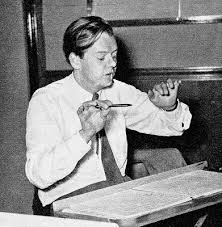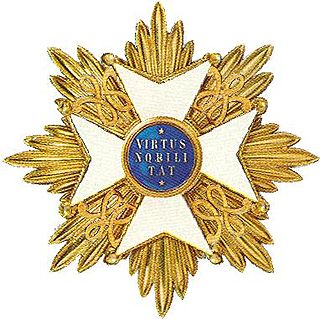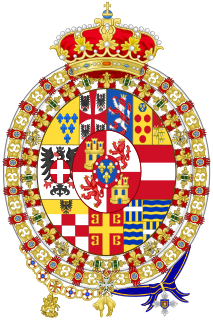The list of the coins included are for those issued by the Royal Dutch Mint from 1970 to 2001
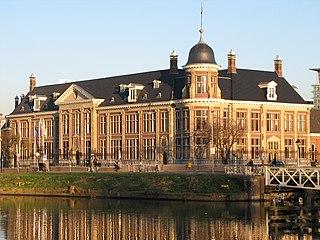
The Royal Dutch Mint based in Utrecht, the Netherlands, is a company owned entirely by the Dutch State, and since 1807 the only Dutch entity allowed to strike and issue coins.
10 Gulden
- 1970 .720 silver 38 mm. 25th year of the end of the Second World War and liberation, 1945–1970
- 1973 .720 silver 38 mm. 25th year of reign, Queen Juliana, 1948–1973
- 1994 .925 silver 33 mm. 50th anniversary of the BE NE LUX trade accord, 1944–1994
- 1995 .925 silver 33 mm. 350th anniversary, death of Hugo the Great, 1583–1645
- 1996 .925 silver 33 mm. Jan Steen
- 1997 .925 silver 33 mm. 50th anniversary of the Marshall plan and reconstruction

World War II, also known as the Second World War, was a global war that lasted from 1939 to 1945. The vast majority of the world's countries—including all the great powers—eventually formed two opposing military alliances: the Allies and the Axis. A state of total war emerged, directly involving more than 100 million people from over 30 countries. The major participants threw their entire economic, industrial, and scientific capabilities behind the war effort, blurring the distinction between civilian and military resources. World War II was the deadliest conflict in human history, marked by 50 to 85 million fatalities, most of whom were civilians in the Soviet Union and China. It included massacres, the genocide of the Holocaust, strategic bombing, premeditated death from starvation and disease, and the only use of nuclear weapons in war.
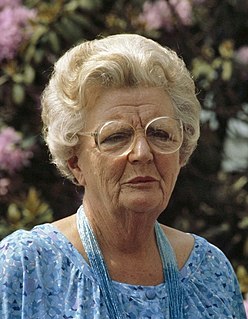
Juliana was Queen of the Netherlands from 1948 until her abdication in 1980.
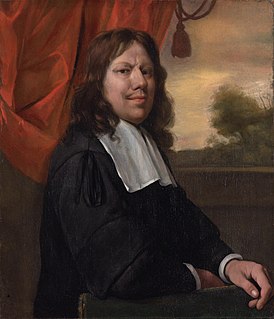
Jan Havickszoon Steen was a Dutch genre painter of the 17th century. His works are known for their psychological insight, sense of humour and abundance of colour.
50 Gulden
- 1982 .925 silver 38 mm. 200th anniversary, Dutch - American friendship
- 1984 .925 silver 38 mm. William of Orange
- 1987 .925 silver 38 mm. 50th wedding anniversary, Princess (Queen) Juliana & Prince Bernhard
- 1989 .925 silver 38 mm. 300th anniversary, crowning of William of Orange and Mary of England
- 1990 .925 silver 38 mm. 100 years of Queens Regnant in the Netherlands
- 1991 .925 silver 38 mm. 25th Wedding Anniversary of Queen Beatrix & Prince Claus
- 1994 .925 silver 38 mm. Ratification of Maastricht Treaty
- 1995 .925 silver 38 mm. 50th Anniv. Liberation W.W.II
- 1998 .925 silver 38 mm. 350th Anniv. Peace of Munster 1648-1998
A wedding anniversary is the anniversary of the date a wedding took place. Traditional names exist for some of them: for instance, fifty years of marriage is called a "golden wedding anniversary" or simply a "golden anniversary" or "golden wedding".

William III, also widely known as William of Orange, was sovereign Prince of Orange from birth, Stadtholder of Holland, Zeeland, Utrecht, Gelderland and Overijssel in the Dutch Republic from 1672 and King of England, Ireland and Scotland from 1689 until his death in 1702. As King of Scotland, he is known as William II. He is sometimes informally known in Northern Ireland and Scotland as "King Billy".

Mary I, also known as Mary Tudor, was the Queen of England and Ireland from July 1553 until her death. She is best known for her aggressive attempt to reverse the English Reformation, which had begun during the reign of her father, Henry VIII. The executions that marked her pursuit of the restoration of Roman Catholicism in England and Ireland led to her denunciation as "Bloody Mary" by her Protestant opponents.







